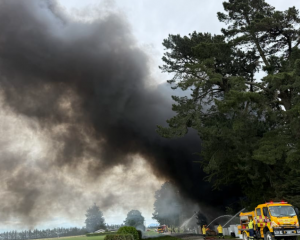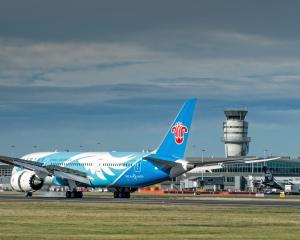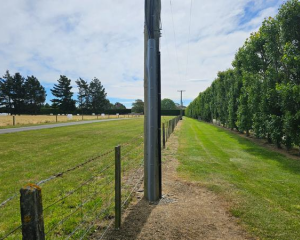
The company is claiming it as a turning point for both it and Central Otago.
Nearly a year later than initially hoped, the company has uploaded about 9500 pages of documentation and 135 reports and paid the $390,000 application fee.
Processing of the application will begin after the application is formally accepted by the Environmental Protection Agency.
Santana chief executive Damian Spring said the lodgement was a milestone reflecting "years of serious technical work and deep environmental assessment by New Zealand experts".
"We have secured the land, completed the science, consulted locally and built a credible, long-term plan."
More than $8 million had been spend to date on baseline and technical work, Mr Spring said.
“I’ve permitted projects under previous [Resource Management Act] systems and the fast-track process demands equal, if not greater, rigour. What it does bring is certainty and that matters for investment, regional jobs and national productivity."
Santana is understood to be only the second listed mining company to file a full fast-track application, making it one of the earliest projects under the new approvals regime.
“This isn’t simply a permit milestone. It’s a signal that New Zealand can still take high-value projects from concept to delivery with discipline, environmental stewardship and community partnership."

Central Otago Mayor Tamah Alley said the legacy of gold in Bendigo was woven into the region’s identity and any proposal for new mining activity must be considered with respect for that history.
"Our community values the unique landscapes, biodiversity and water quality that define Central Otago. It is essential that this process does not come at the expense of robust environmental scrutiny. It is vital that any development proposal — particularly one of this scale — demonstrates a genuine commitment to environmental stewardship, meaningful engagement with mana whenua and long-term sustainability."
Residents could stay informed on the progress of the proposal on the Fast Track Act website, she said.
The fast-track approval process begins with referral to use the process followed by a substantive application for necessary approvals, such as Santana had lodged.
Following lodgement, the fast-track team would assess the application for completeness before it was considered by an expert panel.
The panel could invite comment and organise other information required to support its decision. It could also decide to hold a hearing.
Once satisfied, the panel would issue its decision and, if approved, could set conditions for the project.
Mr Spring said the Bendigo-Ophir project originated from a breakthrough discovery in 2021, confirming one of the most significant gold systems discovered in New Zealand in 40 years. It builds on geological work first initiated in the valley in 2012 by New Zealand geologist and director Kim Bunting.
Santana Minerals was targeting recovery of about 1.25m ounces of gold from the Bendigo-Ophir development underpinned by a reserve grade of roughly 2.5g per tonne. The company was forecasting annual production of up to 120,000 ounces, which translated to an estimated 14-plus-year mine life and a GDP of NZD $5.8 billion.
More than 60% of project returns were expected to remain in New Zealand through wages, services, tax and royalties, with initial modelling indicating hundreds of jobs during construction and long-term operating roles once mining began.
With the application lodged, the company moves to maintain construction readiness and final engineering so development could start seamlessly following approvals, he said.
Sustainable Tarras did not respond to requests for comment.













